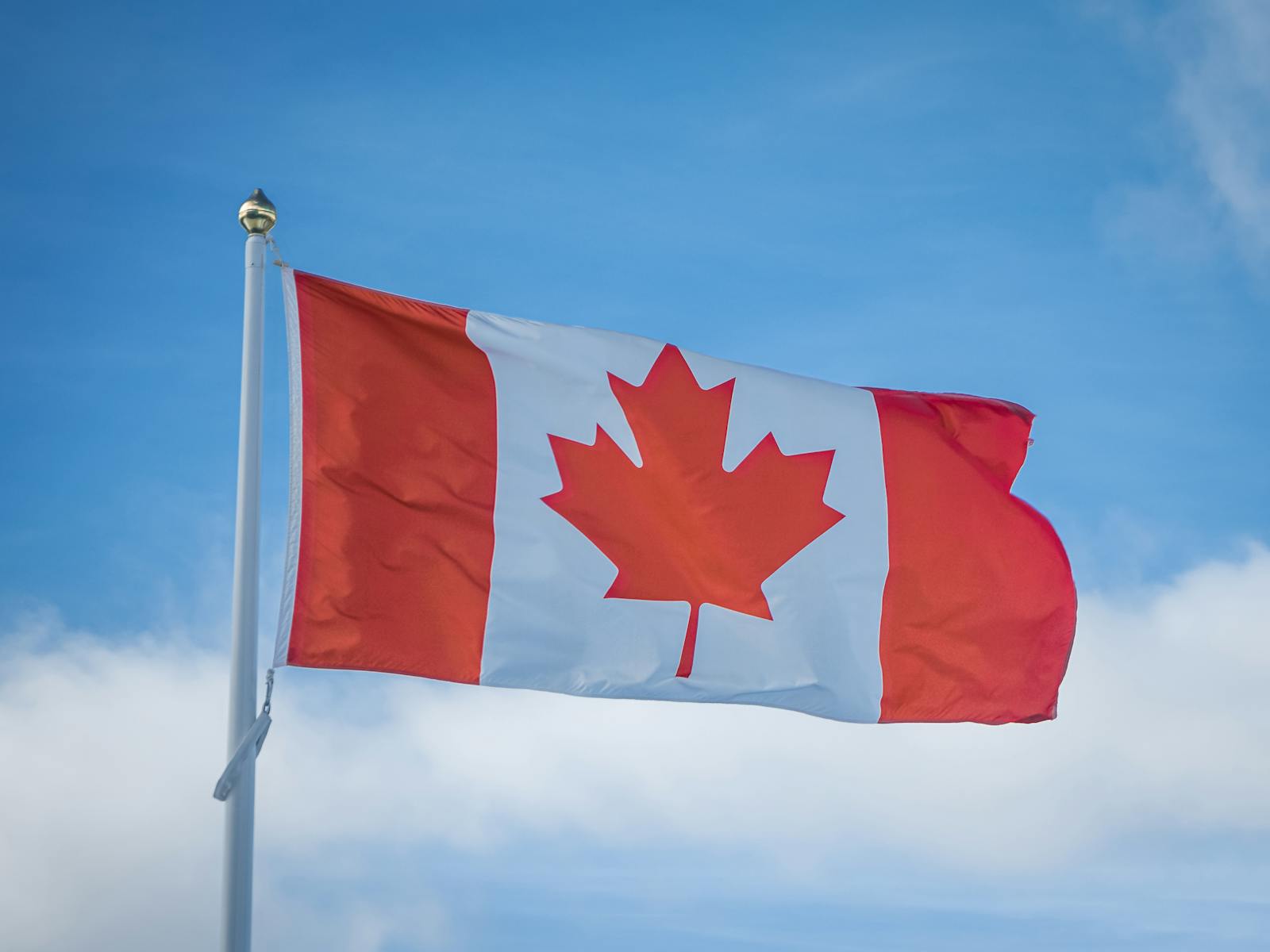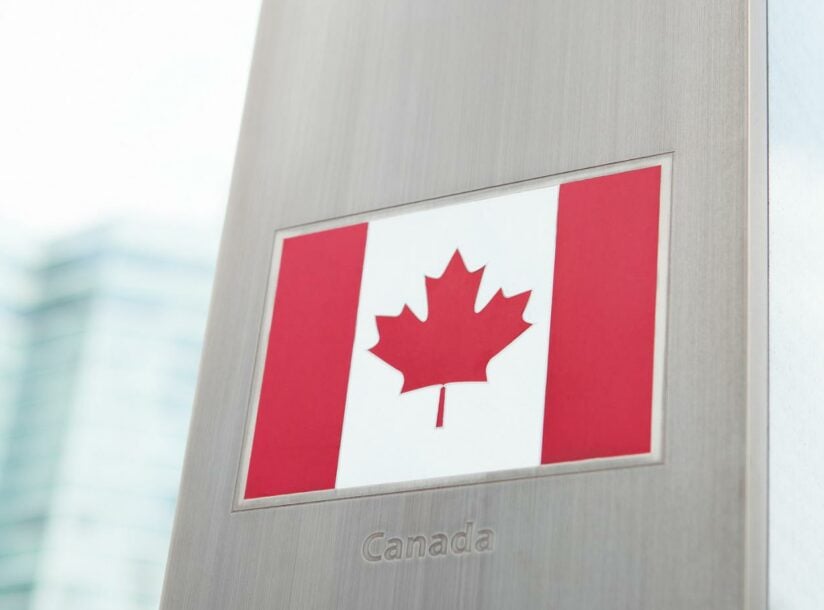CRA Notice of Collection: What to Do Next

Owing money to the Canada Revenue Agency (CRA) can be stressful, but ignoring it won’t make it go away. If you’ve received a CRA Notice of Collection, taking action quickly will help prevent your tax debt from growing and avoid further consequences. The CRA has the power to garnish wages, freeze bank accounts, and take other collection measures. In this blog, we’ll break down what happens if you don’t pay your taxes, how CRA garnishment works, and what you can do to resolve your tax debt.
What Happens If You Don’t Pay Your Taxes?
If you miss a tax payment, interest and penalties start adding up right away. The longer you wait, the more your tax debt will increase, and the greater the chance that the CRA will take action to collect what you owe. Here’s what you need to know:
- CRA Notice of Collection – The first step is a formal notice stating that you have unpaid taxes. It’s a warning to pay your tax debt or make arrangements before further action is taken.
- Calls and Emails – You might receive follow-up calls or a Notice of Collection email urging you to settle your account.
- Stronger Enforcement – If you still don’t respond, the CRA can garnish your wages, freeze your bank account, or take other legal action.
CRA Garnishment Rules: What You Need to Know
The CRA has the authority to garnish your income without a court order. Here’s how it works:
- Wages: The CRA can tell your employer to send part of your paycheck directly to them until your debt is paid.
- Government Payments: They can take money from your GST/HST credits, tax refunds, or even pension payments.
- Other Income Sources: The CRA can intercept payments owed to you from clients or customers if you’re self-employed.
Can the CRA Freeze Your Bank Account?
Yes. If you ignore collection efforts, the CRA can send a Requirement to Pay (RTP) to your bank. This means:
- Your account is frozen, and you won’t be able to access your money.
- The bank may be required to send funds directly to the CRA to cover your debt.
- The freeze stays in place until the CRA is satisfied with your payment arrangements.
What to Do If You Get a CRA Notice of Collection
If you’ve received a CRA Notice of Collection, don’t panic—there are ways to handle it:
- Read the Notice Carefully – Make sure you understand what you owe and confirm that the amount is correct.
- Contact the CRA – Ignoring the notice won’t help. Reach out to discuss payment options or clarify any concerns.
- Set Up a Payment Plan – If you can’t pay the full amount right away, the CRA may allow you to make smaller, manageable payments.
- Get Professional Help – If you’re struggling with tax debt, talking to a Licensed Insolvency Trustee can help you explore options like a consumer proposal or personal bankruptcy.
How the CRA Will Communicate With You
By Phone
Always be cautious when receiving a phone call from an unknown number. When the CRA contacts you, the representative will provide:
- Their name
- A callback phone number
Never call back using the number they provide unless you have independently verified it with the CRA.
By Email
The CRA will only send you emails in two situations:
- If you’ve registered for email notifications and have a new message in your CRA online account.
- If you’ve requested a CRA link, form, or publication during a conversation with an agent.
Emails from the CRA will never:
- Come from a specific individual.
- Ask you to reply directly.
- Contain links requesting personal or financial information.
For more details on recognizing legitimate CRA communication, visit the CRA website.
Getting a CRA Notice of Collection can be overwhelming, but acting quickly can prevent serious consequences like wage garnishment or a frozen bank account. If can’t afford to amount you’re owing CRA and you’re unsure about what to do next, don’t hesitate to reach out to a Licensed Insolvency Trustee for guidance. There are solutions available to help you get back on track financially!


